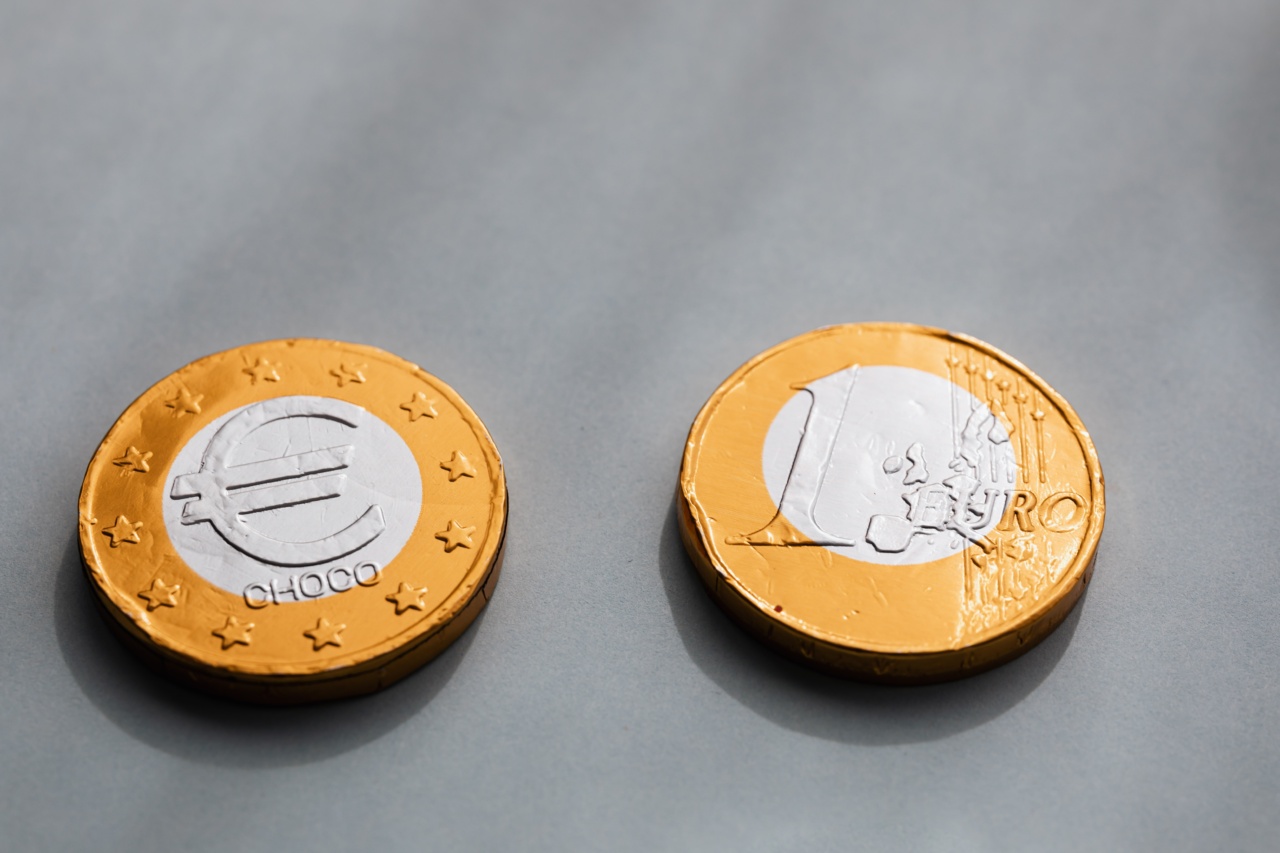Chocolate is undoubtedly one of the most beloved treats worldwide. Its rich and indulgent flavor has made it a favorite among people of all ages. However, apart from its delicious taste, chocolate has also been associated with numerous health benefits.
In recent years, research has suggested that chocolate may have stroke-reducing properties, making it even more enticing for chocolate lovers. In this article, we will delve deeper into the connection between chocolate and stroke prevention, exploring the potential benefits and considerations.
The Science Behind Chocolate’s Potential to Reduce Stroke Risk
Before we dive into the potential stroke-reducing properties of chocolate, it is crucial to understand the underlying science. Chocolate, particularly dark chocolate, contains certain compounds called flavonoids.
Flavonoids are antioxidants that have been linked to various health benefits, including a reduced risk of heart disease and stroke.
A study published in the Journal of the American Heart Association found that consuming moderate amounts of chocolate, around 1-3 servings per month, was associated with a lower risk of stroke in women.
The researchers attributed this effect to the presence of flavonoids in chocolate, which can improve cardiovascular health and reduce inflammation.
The Role of Flavonoids in Stroke Prevention
Flavonoids are bioactive compounds found in various plant-based foods, including fruits, vegetables, tea, and, of course, cocoa beans.
These compounds have antioxidant and anti-inflammatory properties, which may contribute to their potential stroke-reducing effects.
Several studies have indicated that flavonoids can positively impact cardiovascular health. They help relax and dilate blood vessels, improving blood flow and reducing the risk of clot formation.
Flavonoids also have antithrombotic and antiplatelet effects, meaning they can prevent the formation of blood clots that may lead to stroke or other cardiovascular events.
Furthermore, flavonoids have been shown to reduce blood pressure levels, which is a significant risk factor for stroke. By promoting a healthier blood pressure profile, these compounds play a role in overall stroke prevention.
Types of Chocolate and Their Flavonoid Content
Not all chocolate varieties are created equal when it comes to flavonoid content. The level of flavonoids depends on the type of chocolate and its processing. Here are the main types of chocolate and their flavonoid content:.
Dark Chocolate:
Dark chocolate is known for its higher cocoa content compared to other types of chocolate. Cocoa beans are rich in flavonoids, particularly a subtype called flavanols.
When consumed in moderation, dark chocolate can provide a substantial amount of flavonoids and potential health benefits.
Milk Chocolate:
Milk chocolate, although delicious, generally contains a lower percentage of cocoa and therefore fewer flavonoids compared to dark chocolate. The addition of milk and sugar may also dilute the overall health benefits of chocolate.
White Chocolate:
White chocolate, contrary to popular belief, does not contain cocoa solids at all. As a result, it lacks flavonoids and the potential health benefits associated with them.
The Importance of Moderation
While the potential health benefits of chocolate are intriguing, it is essential to consume it in moderation. Chocolate, like any other food, is a calorie-dense treat that can contribute to weight gain if consumed excessively.
The beneficial effects of chocolate on stroke risk are seen with moderate consumption rather than excessive intake.
Moreover, not all chocolate products are created equal. Opting for dark chocolate with a higher cocoa content and minimal added sugar is the best choice for maximizing the potential health benefits.
Other Considerations for Stroke Prevention
It is important to remember that chocolate alone cannot reduce the risk of stroke significantly.
A healthy lifestyle with regular exercise, a balanced diet, and avoiding smoking and excessive alcohol consumption is crucial for overall stroke prevention.
If you have a history of stroke or are at high risk due to other factors such as hypertension or diabetes, it is essential to consult with your healthcare provider before making any dietary changes or incorporating chocolate as part of your stroke prevention regimen.
Conclusion
Chocolate, particularly dark chocolate, contains flavonoids that have shown potential in reducing the risk of stroke.
The antioxidant and anti-inflammatory properties of flavonoids contribute to improved cardiovascular health, reduced blood pressure, and prevention of blood clot formation. However, moderation is key, as excessive consumption of chocolate can lead to weight gain and other health issues. As part of a balanced diet and active lifestyle, enjoying moderate amounts of dark chocolate may contribute to stroke prevention.
It is always advisable to consult with a healthcare professional for personalized recommendations based on individual health conditions.






























